The East Kensington-Fishtown neighborhoods are to Philadelphia what Brooklyn is to New York City.
That’s how Jennifer Carroll, Billy Riddle and Kerri Sitrin describe the places in which they invest and live. Carroll and Riddle, who are executive chefs, moved to the area five years ago and Sitrin, who owns a consulting company, followed.
As Sitrin put it, she wanted “to be where the action was.”
Carroll is a native of a different part of the city.
“I grew up in Northeast Philadelphia, and when I was growing up, the neighborhoods of Kensington and Fishtown were dangerous,” Carroll recalled. “It was like, ‘Hey don’t go there; there’s a lot of trouble there.’
“Now, it’s the hot spot to be,” she added. “We like to call it the Brooklyn of New York. That’s Fishtown to downtown Center City. It originally started out as a fishing community; that’s why it’s called Fishtown right off the Delaware (River).

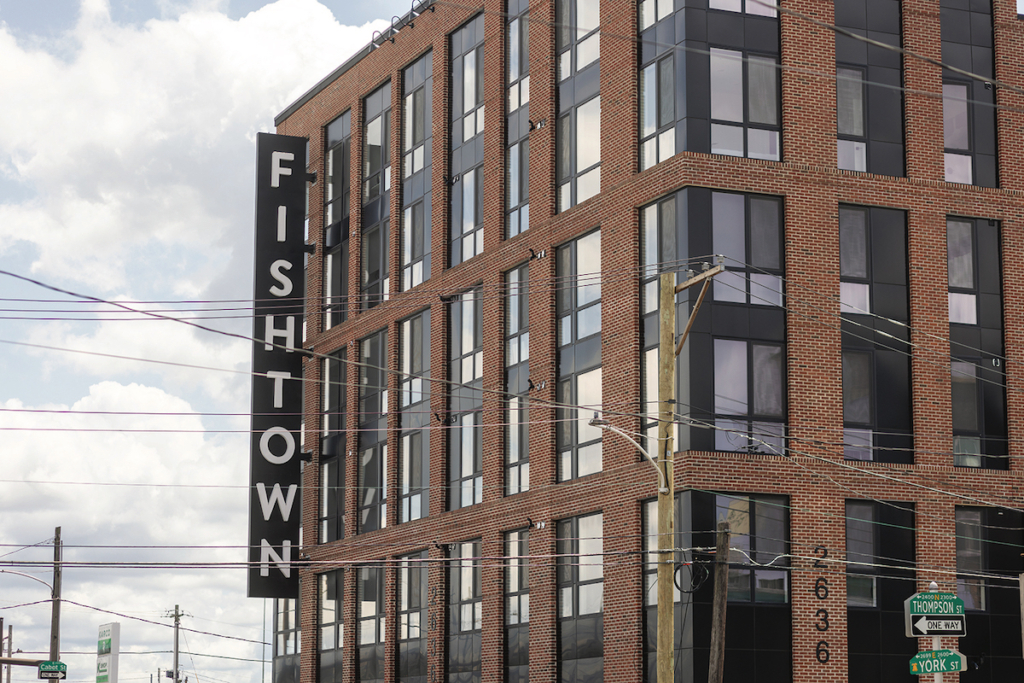
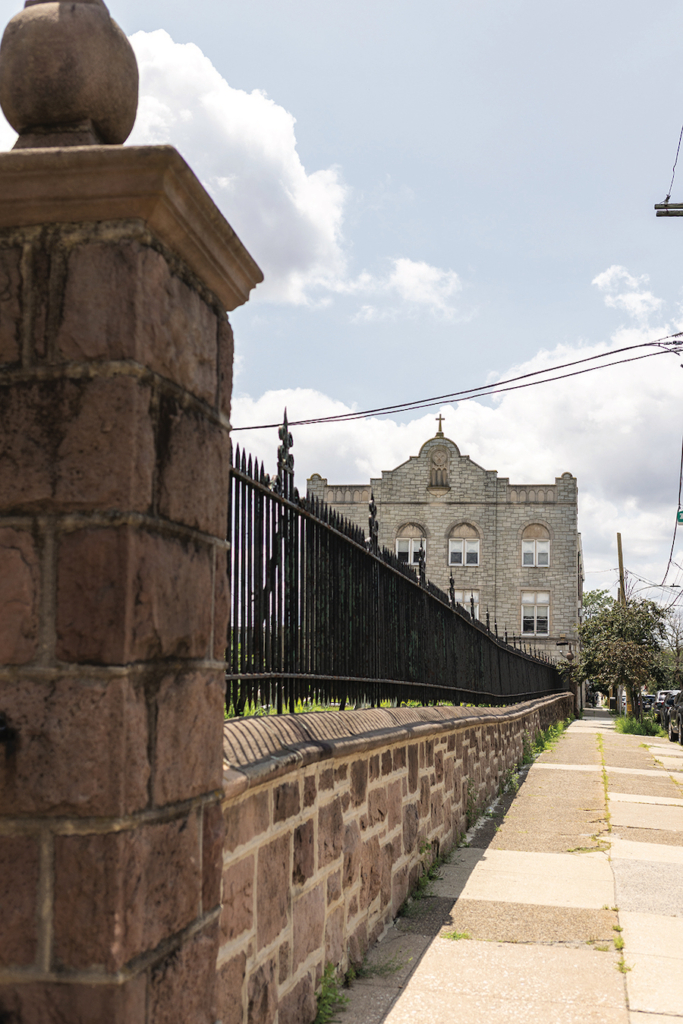
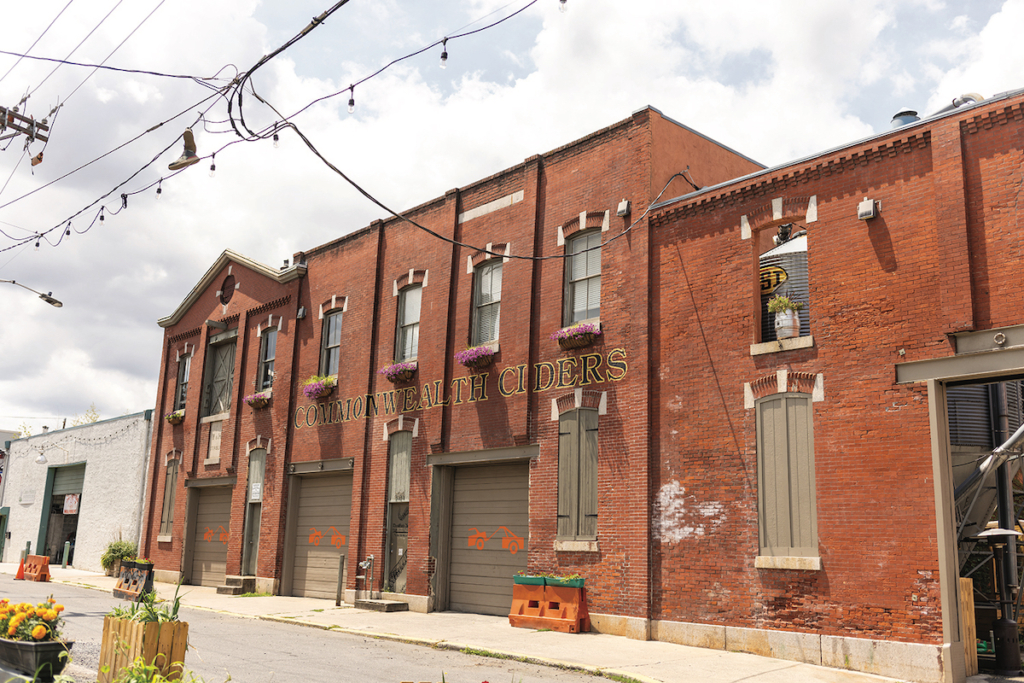
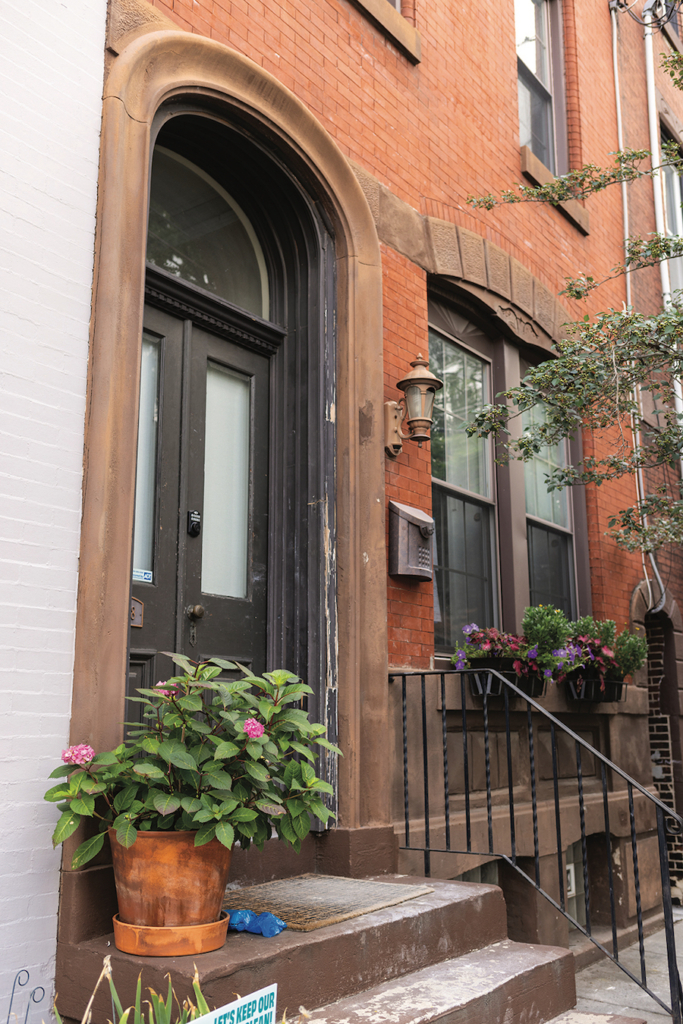
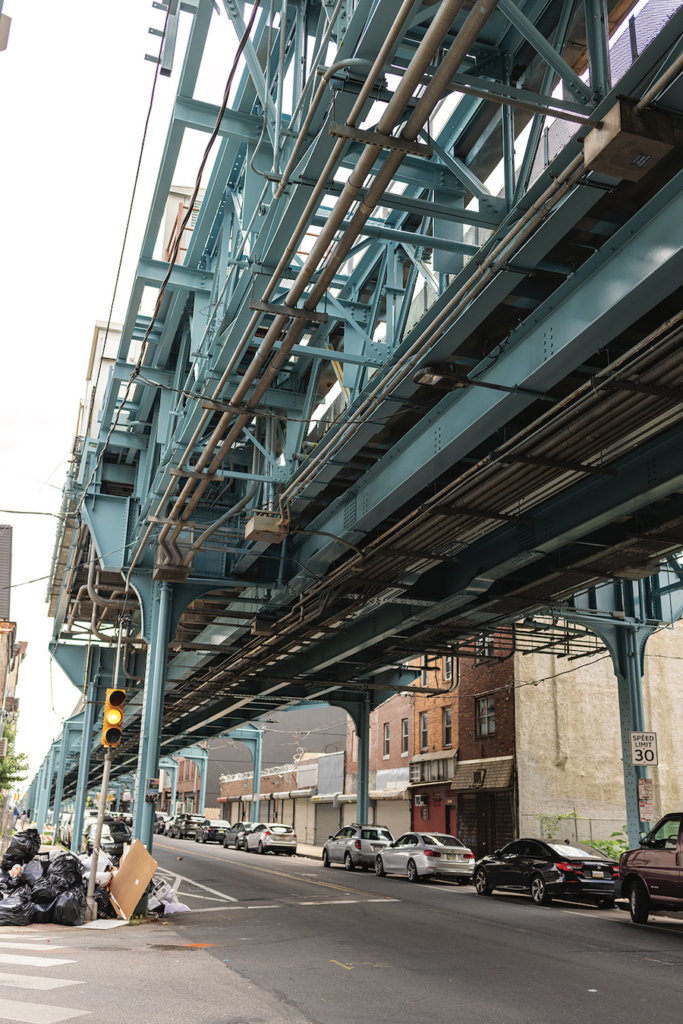

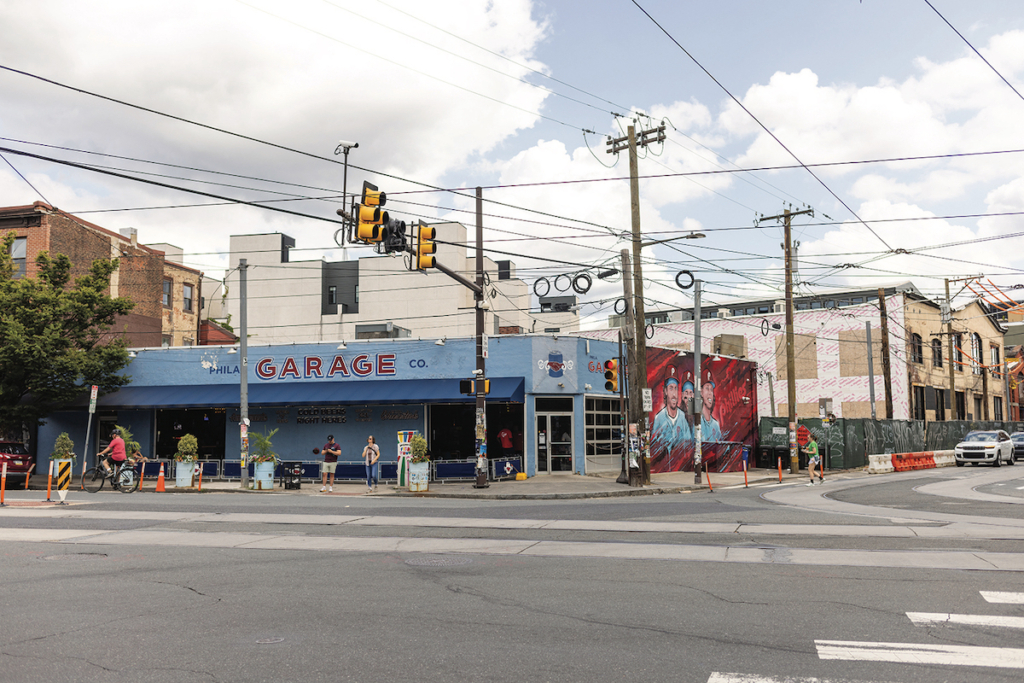
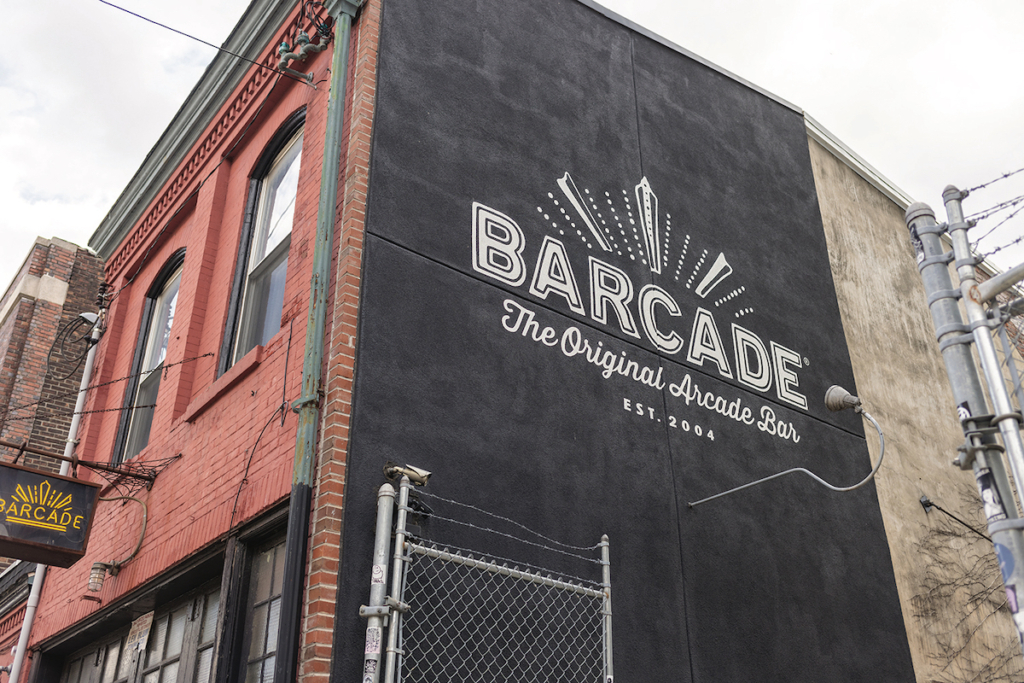
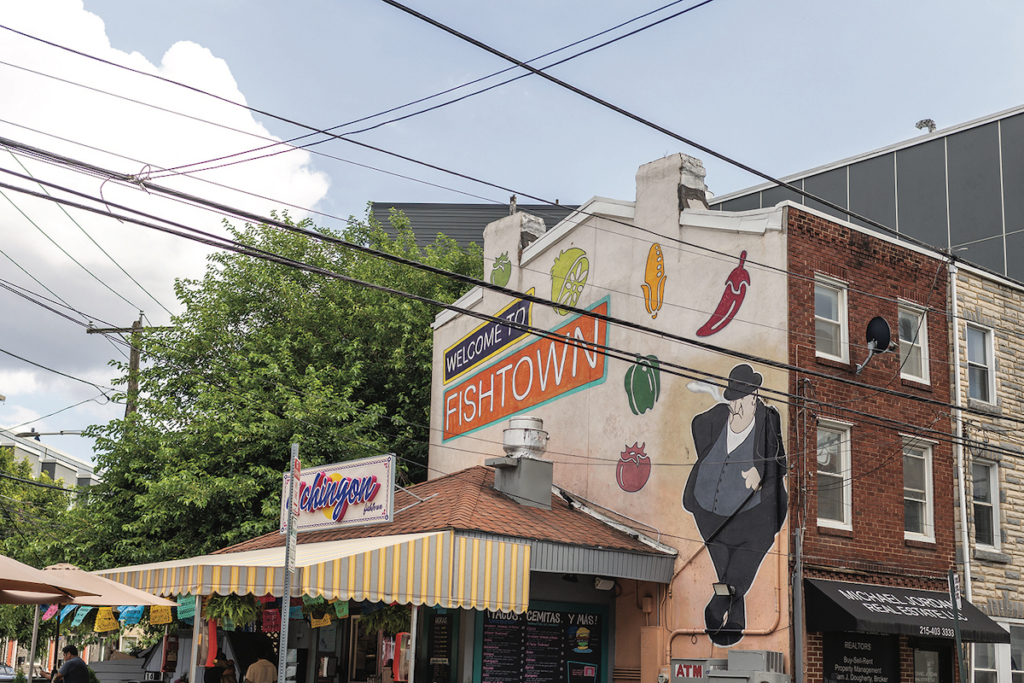
“It has changed so much, from being a lot of factories and industries into being a lot more families, singles and young workers, so it really has become a neighborhood of everybody,” Carroll continued. “There’s people that have been here for 50 years in their homes next to a brand-new, tri-level side-by-side home as well.
“It’s really integrated into so many different types of people from so many types of classes and races and everything,” she observed. “It’s really been great. The neighborhood is super diverse with everything.”
To see East Kensington and Fishtown now, it’s hard to think of the area before the American Revolution. The history of Fishtown begins with the Native Lenni-Lenape people, who called the area Shackamaxon. In the early 1600s, Swedish, German, Dutch and English people settled on scattered plots of land, and on April 23, 1683, William Penn negotiated a land exchange to acquire Shackamaxon, according to the Fishtown Community Branch Library.
In the early 1700s, English businessman Anthony Palmer purchased a large tract of land he named Kensington, after a suburb of London, and it was combined with Shackamaxon. The Consolidation Act of 1854 brought the area into the present city limits.
Legend has it that Charles Dickens named the area Fishtown after seeing the fish sold in the open-air farmer’s market on Girard Avenue.
The history of the area is highlighted in a digital report by the Pennsylvania Department of Transportation (PennDOT) and the Federal Highways Administration (FHWA) as they undertake a long-term, multi-phase project to improve and rebuild Interstate 95 in the state.
Originally part of the Liberty Lands of Philadelphia City – an 8,000-acre arc of wooded country to the north and west of Philadelphia, where William Penn hoped wealthy gentlemen would establish suburban estates outside the city – unincorporated Northern Liberties Township stretched from the Delaware River to the Schuylkill, between Vine Street and Frankford Creek.
In the middle of the 18th century, there were only 62 houses in Philadelphia’s northern suburbs, but by 1790, Northern Liberties was home to nearly 10,000 residents. Much – if not most – of the township’s populace was concentrated near the Delaware, with the remainder dispersed in rural estates, crossroads hamlets and villages throughout the interior, particularly along the area’s main highways, according to the digital report.
Today, the neighborhoods not only attract diverse populations, but also a diverse number of restaurants and businesses.
“New restaurants, new bars, new shops … It’s just exploded with people, with businesses over the past couple years,” Carroll marveled, “and there are still more that are on the way. Billy and I have lived here for five years now, and just the change over five years has been extraordinary.”
Carroll and Riddle own a culinary experience company, Carroll Couture Cuisine, that began a year ago. It offers services that include intimate dinners, cooking classes, demos, food tours, team-building and brand partnerships. Sitrin is the company’s executive director.
“We do lots of different things involving food, whether it’s cooking dinners in our studio, going to client’s homes or teaching classes,” explained Carroll, who gained widespread recognition for her appearances on Bravo’s “Top Chef.”
“But we wanted to actually get out and touch the neighborhood and really support our friends that are in the food and hospitality business here in our own neighborhood, our own backyard,” she added.
“So what we decided to do was do a walking food tour where the guests would then experience our favorite bites with a little bit of a surprise.”
The tour enables Carroll and Riddle to essentially show off their neighborhood. Along with an average five to seven stops on a customized tour, they explain the art murals they pass.
Tour-goers get to meet the chefs, tour their kitchens and ask their own questions. At Philadelphia Brewing Company, they got to see the brewery while tasting what’s on tap. During one of the first tours, participants walked into Harriet’s Bookshop – a Black-owned store – between their stops.
“We wanted to stop in and check it out and wanted people to know about it,” Riddle pointed out. “We dive into this, we research, we make sure we are very on with what’s happening. We embrace the city as it needs to be.”
“All of us live in the neighborhood,” added Sitrin “This is our home.”
New Kensington and Fishtown are now part of the River Wards District. The city’s planning commission created the New Kensington and Fishtown Redevelopment Area Plan in 1996 to allow selective public interventions in vacant lots and promote the conservation of positive physical characteristics.
“Philadelphia 2035,” a comprehensive plan, establishes a vision for the city in that year, a road map to improve the quality of life for people who live, work, learn and visit.
The plan recommends an 8,000-square-foot annex to the Fishtown library in a location to be determined. The library – which opened at East Montgomery Avenue and Flora Street on March 31, 1950 – was renovated extensively in 1989, with the addition of a balcony, meeting room and elevator.
Further renovations were completed in 1997 as part of the “Changing Lives” campaign to refurbish branches and bring internet access to every library, according to the facility’s history.
Other recommendations include:
- Improving access to existing parks and recreation centers
- Curbing extensions and crosswalks at Frankford and Lehigh avenues
- Creating pedestrian plazas at Frankford and Lehigh and York and Moyer streets.
The Fishtown and East Kensington neighborhoods of Philadelphia are about 15 minutes from Center City.
“They have been neighborhoods that have gone under so much construction and renewal over the past 10 to 15 years, and have really exploded with restaurants, with bars, breweries, new houses, apartment buildings and shopping,” Carroll said.
“There’s everything that you need here in Fishtown and East Kensington.”

